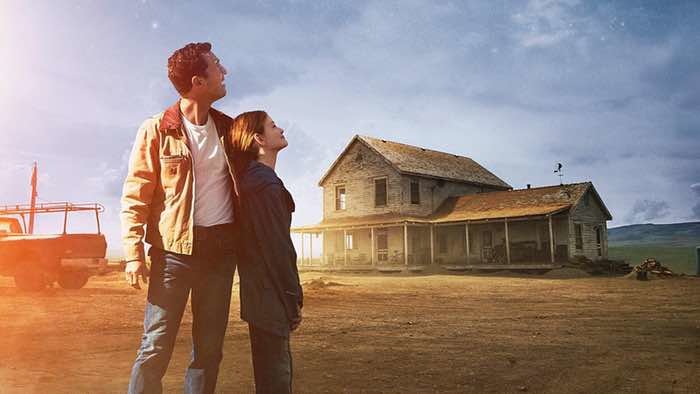Beginner and indie filmmakers always aspire to achieve the Film Look, because not many of us have thousands of dollars’ worth of cameras like Arri Alexa LF or Red Dragon, etc. Even after using such camera the image still need to be color corrected as, at the end of the day, they are still digital cameras. Their image can’t match with the old celluloid Film’s look.
So, we commonly use color correction and color grading terms, and often misunderstood them. They aren’t the same and there is a fundamental difference as stated below:
Color Correction: means fixing the colors to represent reality more accurately. It is an essential step in the post-production process, to reflect the real life color that was recorded. While,
Color Grading: is changing colors of the footage according to the aesthetic preferences. It is done after the footage is color corrected, then to what extent colors are changed is a subjective decision that will vary from project to project.
Background:
As we all know, in the past, films were shot on celluloid, the color correction took place in the stages of processing the film material after development. Because traditional editing is a hectic process and wasn’t very flexible, so, in the 90’s it became a common practice to scan the celluloid (with a device called telecine) to a high resolution ‘digital intermediate’ for doing post-production work i.e., editing, visual effects or color work. Once the post is finished, the final film would get printed back to 35mm film for distribution.
And when the digital cameras dominated in 2000s, the color correction and color grading becomes an integral part of the post production.
Let’s take a deep look into both of these terms.
Color Correction:
As the name suggests, color correction means fixing the footage. There can be many scenarios where it is relevant, e.g.,
- Maybe the footage is over or under exposed
- Maybe the colors don’t match from one cut to another
- If you’ve used multiple cameras, the footage will be different, because all cameras have different color science.
- Maybe you recorded with wrong color temperature
Color correction is responsible for fixing these, some of many, errors. It’s done so that the final film, having all those cuts, looks consistent.
Moreover, incorrect footage looks amateurish. Color correction is an easy way to outshine and distinguish yourself from amateur filmmakers. For instance, if a professional is watching your project and there are exposure or white balance errors, it will definitely hurt your reputation and you lose an opportunity.

Color Grading:
In a nutshell, grading is enhancing your footage. For example, you have shot a sci-fi, horror-thriller, sad, or action film; each of these genres have a particular look that we are seeing for years in the films.
Those specific looks or colors also have a psychological impact and along with sound design, music, and acting, visuals are also responsible for the emotion and feel of a particular scene. That’s why comedy films have saturated, sad films have dull and sci-fi films have a greenish look.
Color grading your footage will make your visual creativity shine. It can breathe life into images, make images 3 dimensional and highlight the key details.
From now on, you should also color correct and color grade your footage and make them look more cinematic and professional. There is an amazing YouTuber, Waqas Qazi, who is one of the best colorist. Following is his channel’s link.




